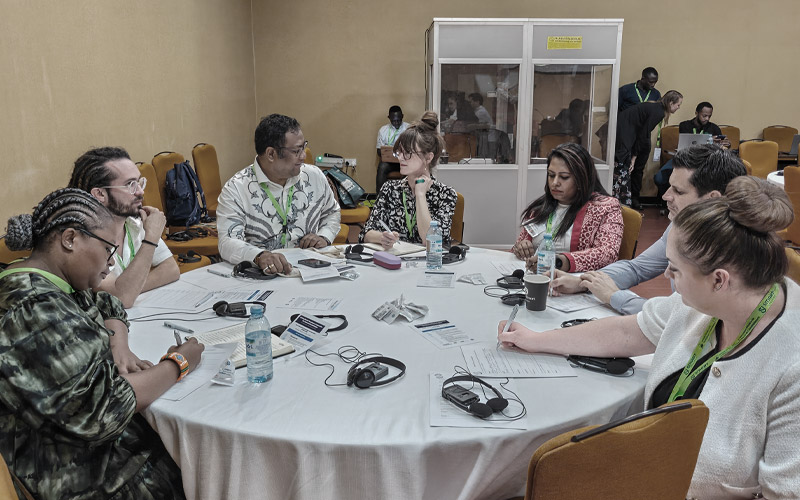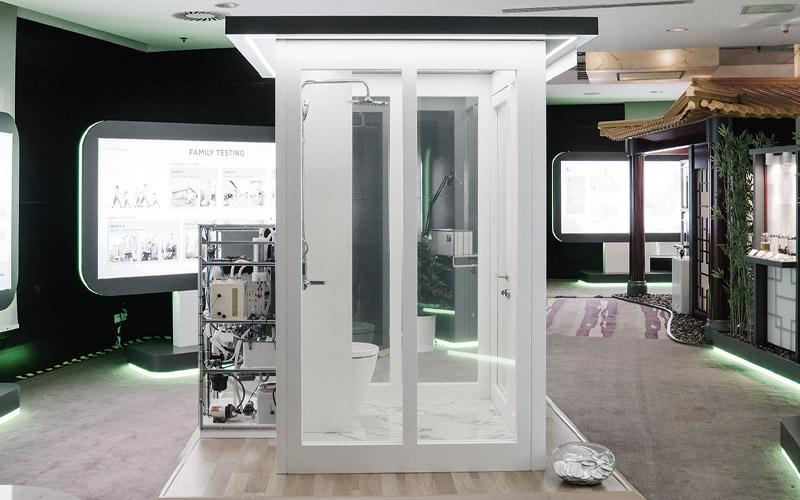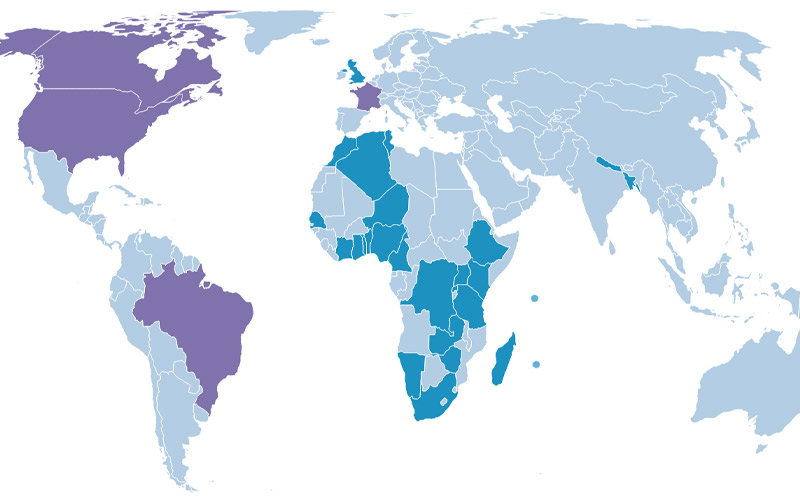ISO Non-sewered Sanitation Standards
How can standards help sanitation worldwide?
According to the WHO, 2.0 billion people worldwide live without access to basic sanitation services, and 892 million still practice open defecation.
By creating international sanitation standards, human health, safety, and the environment can be protected. Product standards (like ISO 30500) ensure that different products work compatibly together, and work safely, effectively, and reliably as intended.
Simply put, a standard is an agreed-upon way of doing something. In practice, it is a document that sets specific guidelines for the design, operation,manufacture, and use of nearly everything produced by mankind, including toilets and other sanitation systems.
By documenting the commonly accepted criteria by which to measure the performance of next-generation toilets, an international standard will enhance efforts to widely manufacture, market, and deploy the technology where it is needed most.
International standards can cross borders to assure governments, regulators, companies, and consumers that products and services are safe, reliable, and of good quality, across the global economy. For business, they are strategic tools that reduce costs by minimizing waste and errors and increasing productivity. And they help companies access new markets, level the playing field for developing countries, and facilitate free and fair global trade.
Highlighted International Sanitation Standards
ISO 30500
- Voluntary, international product standard for household non-sewered sanitation systems (NSSS)
- Provides general safety and performance requirements for the product design & performance testing
- Specifies technical requirements, test methods, and sustainability considerations for NSSS
- Published in 2018 and available for national adoption
ISO 24521
- International management standard for publicly and privately operated basic on-site domestic wastewater services
- Provides technical guidance for maintenance techniques, design, and operations, written from an operator's point of view
- Specifies health and safety considerations
- Published in 2016 and available for national adoption
ISO 31800
- Voluntary, international product standard for community scale non-sewered sanitation systems
- Fecal sludge treatment through the development of sanitation treatment units
- Treats waste at a community level where there are no suitable wastewater treatment systems in place
- Published in 2020 and ready for national adoption.
Sanitation Standards Working Together
There are three ISO standards described above, that propel the sanitation sector into the next era of effective sanitation service chain management.
ISO 30500, ISO 24521, and ISO 31800 work collectively to improve health, reduce the environmental impact of gaps in sanitation service chains, and offer affordable options for users and communities to help change the lives of 2.0 billion people. Together, these three standards have the potential to revolutionize the sanitation sector.
What's in it for Regulators?
- Saved time and money
- Confidence in global expert opinion to ensure that products are safe for citizens
- Increased international trade potential and job creation
- Exposure to new sanitation technologies & international partnerships
- Testing/formal evaluation of sanitation technologies
What's in it for users?
- A safe, dignified, reliable, hygienic experience
- Potential by-products that can be sold/reused by the community
- Increased user confidence
- An improved sanitation service chain
- Job opportunities & skills building (Community Liaison Officer, construction labor, caretaker)
What's in it for Technology Developers/Manufacturers?
- Increased ability to widely manufacture, market, and deploy technologies
- Easier entry into the global market due to faith in the ISO name
- Testing their products in a "real world" environment
- Generation of data on performance
- Identification of areas for improvement
- Feedback from users
- Blueprint to create a product that meets international guidelines
Get Involved
These standards are for everyone!
Non-sewered sanitation systems (NSSS) can be installed in many different places around the world. Both urban and rural communities without access to sewer systems as well as communities and individuals pursuing sustainable sanitation solutions can use NSSS.
Explore resources to help envision next steps and communicate the importance of ISO 30500 to stakeholders in your country.
We are here to help! Contact us if you have any questions or would like to learn more.




